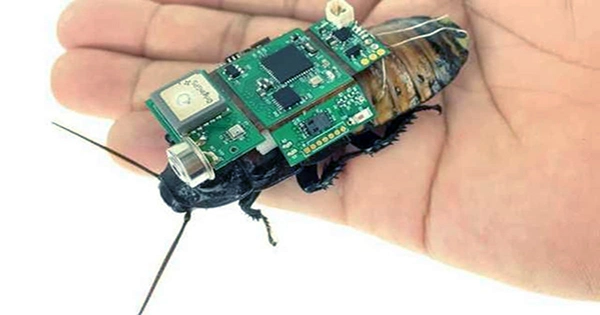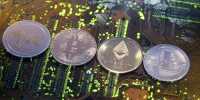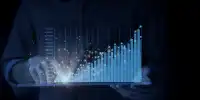The newest cyborg to emerge from flexible electronics is a rechargeable, remote-controllable robot cockroach. The creation of a recon-ready cockroach that can be powered by the Sun is thought to be the word salad for a cybernetic creation that takes a novel approach to urban search and rescue (others are sniffing out explosives).
A cockroach cyborg needs to be able to follow instructions in order to be a useful little search and rescue worker, and until we figure out how to communicate with Blattodea linguistically, remote control is the best method to achieve that. As a result, scientists developed cyborg insects that resembled roaches and machines, and which can be controlled by a human pilot using electronics. However, gaining control is only half the fight.
Although they are amazing, the tiny and flexible electronics needed to establish this control demand electricity, and there isn’t much room on a roach for a large battery. In this instance, researchers on a recent work published to Flexible Electronics got inventive and turned to the Sun for support.
The team has developed a system that can retain electricity in sunny settings by designing tiny solar-powered backpacks to be installed on the cockroaches’ backs. There is minimal chance that the cyborgs will run out of power midway through a mission thanks to the inbuilt solar cell.
Given that the Madagascar cockroaches used in the study were just 6 centimeters (2.5 inches) length, designing a backpack that would fit on one of them was challenging. However, the researchers were able to put something together that was functional without restricting their movement with the use of ultrathin organic solar cell modules and a strong adhesive.
Their device outperforms current ones in terms of power and has a longer lifespan—it is attached to a cockroach’s thorax and made using a 3D printer.
According to lead researcher Kenjiro Fukuda of RIKEN CPR, “the body-mounted ultrathin organic solar cell module produces a power output of 17.2 mW, which is more than 50 times bigger than the power output of current state-of-the-art energy harvesting systems on living insects.” Furthermore, the technology is not restricted to a single insect.
A hybrid electronic system with hard and flexible elements in the thorax and ultrasoft devices in the abdomen looks to be an effective design for cyborg cockroaches, according to Fukuda, who noted that the thorax and abdomen deform during fundamental locomotion. Furthermore, because abdominal deformation occurs in other insects as well, such as beetles or possibly even flying insects like cicadas in the future, our approach can be applied to them.















